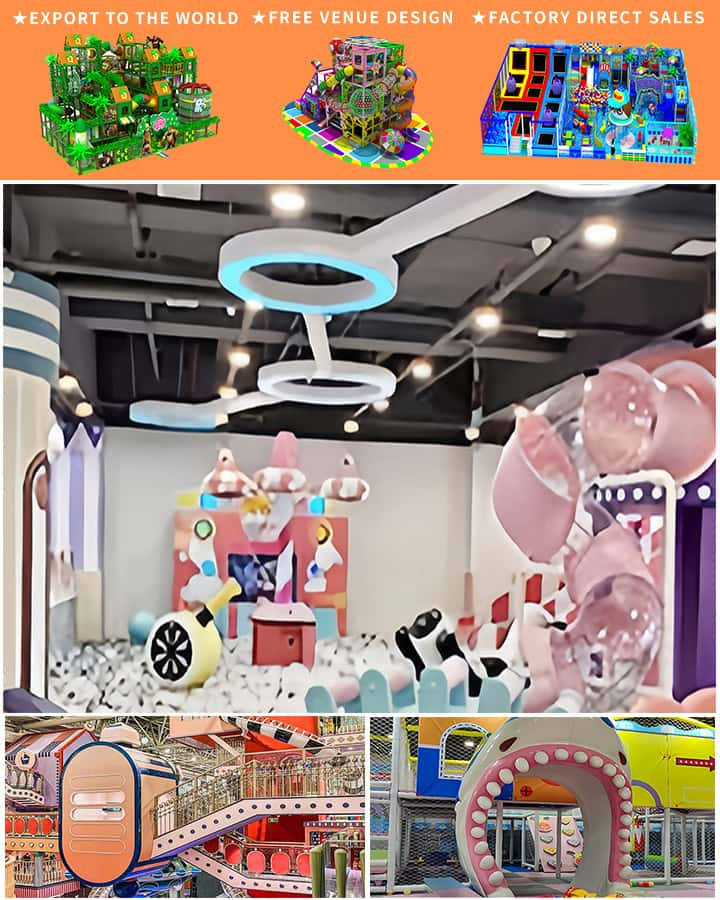In the realm of indoor play areas, shapes are more than just geometric figures; they are the building blocks of creativity, learning, and endless fun for children. From simple circles to complex polygons, each shape plays a crucial role in the design and functionality of these spaces. Let’s delve into the various indoor play area shapes that captivate young minds and foster their development.
Circles: The Perfect Playgrounds
Circles have an inherent appeal in play areas. They symbolize unity, eternity, and wholeness. A circular climbing frame not only provides a safe space for kids to ascend but also encourages them to explore all directions without sharp corners. Roundabouts, another classic circle-shaped play feature, offer gentle yet thrilling spins, promoting balance and coordination.
Squares and Rectangles: Building Blocks of Fun
Squares and rectangles form the backbone of many indoor play structures. These shapes are practical and versatile, providing ample space for activities like jumping, sliding, and crawling. A square-shaped sandbox encourages collaborative play as children build castles together, while long rectangular tunnels invite imaginative exploration, turning playtime into an adventure.

Triangles: Stability and Adventure
Triangles bring stability and strength to indoor play structures. Their three sides create sturdy bases for climbing walls and roofs, ensuring safety during energetic play. Moreover, triangular slides add an element of excitement, challenging children to navigate different angles and speeds, enhancing their motor skills.
Hexagons and Octagons: Complexity in Design
As we move beyond basic shapes, hexagons and octagons introduce complexity into play area designs. These multi-sided shapes can be seen in advanced climbing frames and interactive panels, offering varied handholds and footholds. Their unique geometries stimulate cognitive development, inviting children to strategize their movements and conquer new challenges.
Irregular Shapes: Unleashing Imagination
While regular shapes have their place, irregular shapes take indoor play areas to a whole new level. Abstract sculptures, asymmetrical platforms, and organic forms inspire creativity and imagination. Irregular shapes break free from traditional boundaries, encouraging children to interpret and interact with them in countless ways, fostering divergent thinking.
Incorporating Shapes into Play Area Themes
Designers often integrate shapes into thematic play areas, creating immersive experiences. For instance, a jungle-themed play area might feature leaf-shaped swings or animal paw-inspired climbers. Shapes become part of the narrative, enriching the storytelling aspect of play and making learning more engaging.
Conclusion
Indoor play area shapes are more than just aesthetic choices; they are integral to the overall experience, influencing how children interact, learn, and grow. From the simplicity of circles to the intricacy of irregular forms, each shape contributes uniquely to the tapestry of fun, exploration, and development. So next time you step into a play area, take a moment to appreciate the thoughtful design behind those shapes – they’re not just there by chance but carefully crafted to spark joy and nurture young minds.




